13 of the Most Remote Destinations Around the World
When it comes to choosing a new destination to explore, some travelers are content to pick locations close to home, while others are willing to go to the ends of the earth. For those who are keen to take planes, trains, buses, and boats (or possibly all of the above on the same trip), there are remote destinations that few people will have the chance to experience. From Polynesian islands with crystal clear water to a small town in Siberia with record-breaking cold temperatures and an archipelago with plants and animals you won’t see anywhere else in the world, these sites should be on the bucket list of any adventure lover. But, be warned: If you’re looking for a quick getaway or consistent Wi-Fi, then these are not the destinations for you. But if you want to get away from everything—and most of all, everyone—these 13 isolated destinations should be on your itinerary.
Easter Island
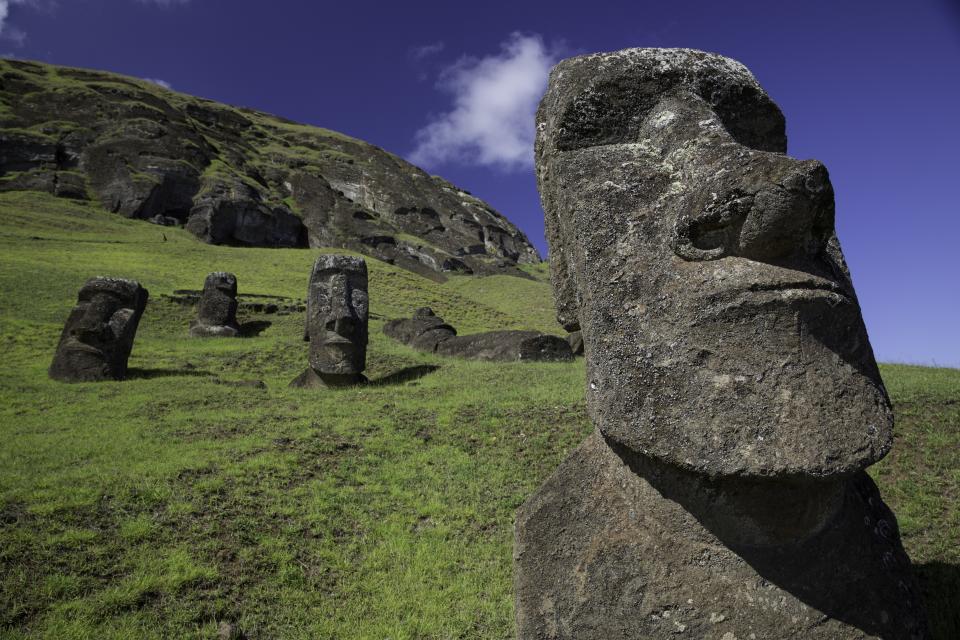
Easter Island Moai statue
Photo by Tim Thurlow. Image courtesy of Getty.Easter Island, or Rapa Nui, is located 2,200 miles off the coast of Chile and its nearest neighbor, Pitcairn Island, is 1,200 miles away. Travelers make the trek to the island for the chance to see the 887 towering maoi statues that dot the landscape. Rapa Nui National Park was named a UNESCO World Heritage Site in 2015, which has helped with preservation and conservation efforts.
McMurdo Station, Antarctica
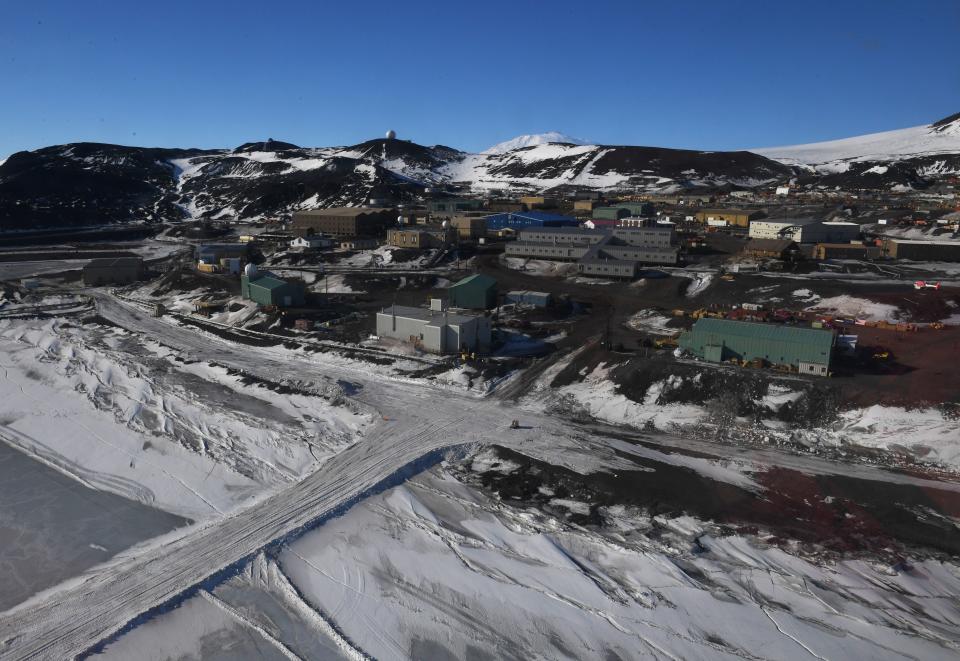
ANTARCTICA-US-DIPLOMACY
Photo by Mark Ralston. Image courtesy of Getty.Located on the southern tip of Antarctica's Ross Island, 850 miles north of the South Pole, McMurdo Station is the largest research station on the continent. The facility, which conducts research in everything from astrophysics to glacial geology, was established in 1955 and is operated by the U.S. government's National Science Foundation. The community is home to over 85 buildings and can host over 1,200 visitors.
Gambier Islands, French Polynesia
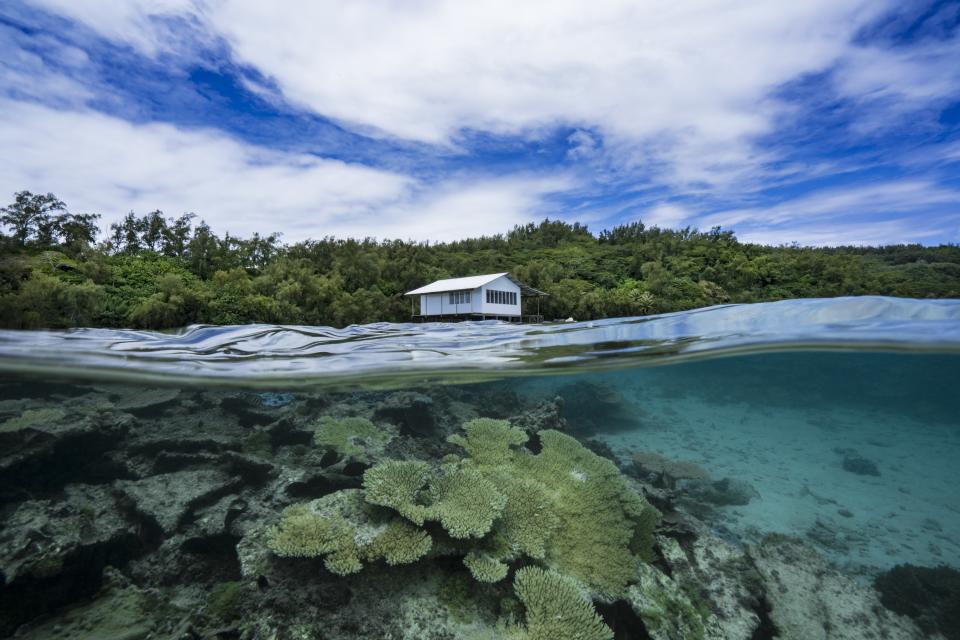
Black Pearl Farming In French Polynesia : Illustration
Photo by Alexis Rosenfeld. Image courtesy of Getty.The Gambier Islands are some of the most secluded in French Polynesia. Located 1,000 miles from Tahiti, at the southeastern-most extension of the Tuamotu Archipelago, these volcanic islands feature coral reefs and crystal lagoons. The main town of Rikitea on the island of Mangareva is known for its black cultured pearls.
Tristan da Cunha
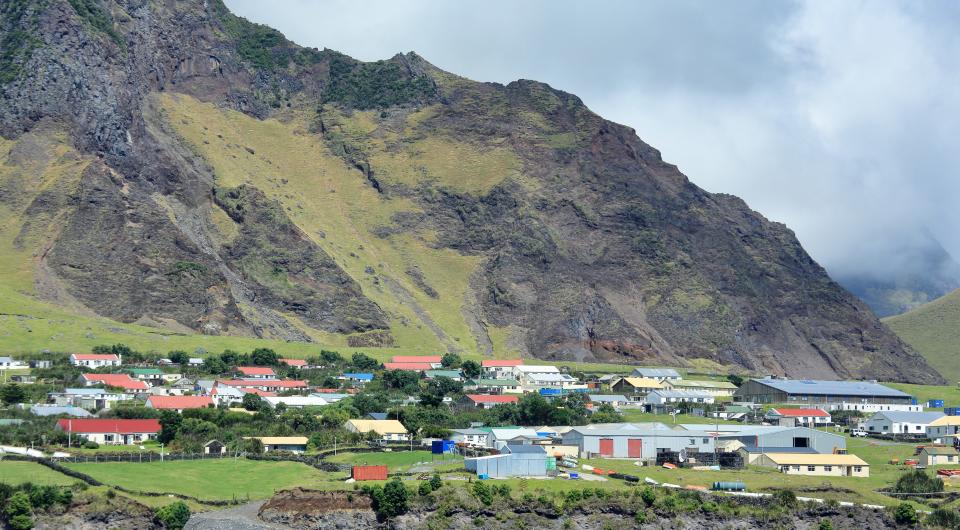
'Edinburgh of the Seven Seas' town on Tristan da Cunha Island in the South Atlantic.
Photo by David Forman. Image courtesy of Getty.The isolated island of Tristan da Cunha is set in the south Atlantic Ocean, 1,743 miles east of Cape Town, South Africa. Home to just 246 people, the island is an active volcano and its main town, Edinburgh of the Seven Seas, was nearly destroyed in 1961 following an eruption. Travelers hoping to experience Tristan need to plan in advance, as permission from the Administrator and Island Council is required to visit.
Oymyakon, Russia
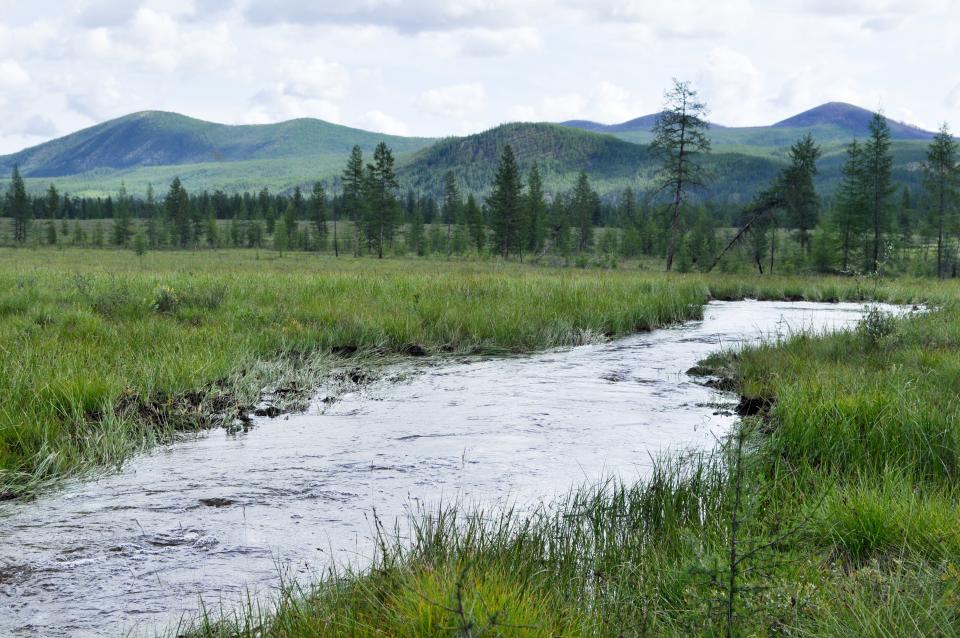
stream flows through the swamp.
Photo by Sergunt. Image courtesy of Getty.Oymyakon, Russia, is known as the coldest inhabited place on earth, recording a temperature of minus 98 degrees Fahrenheit in 2013. The Siberian town of around 500 inhabitants is a few hundred miles from the Arctic Circle and the nearest city, Yakutsk, is a two-day drive away. The town is dark about 21 hours per day in the winter, and the local diet mostly consists of meat, due to the inability of crops to grow there.
Ittoqqortoormiit, Greenland
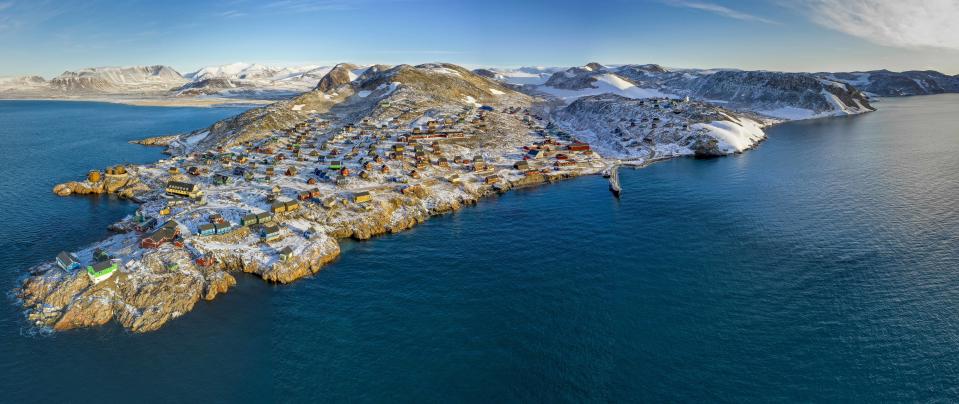
Ittoqqortoormiit, Scoresbysund, Greenland
Photo by Arctic-Images. Image courtesy of Getty.The small settlement of Ittoqqortoormiit, Greenland, is set between Northeast Greenland National Park and Scoresby Sund, the world’s largest national park and fjord, respectively. Home to approximately 450 people, the outpost is made up of colorful wooden buildings and can be accessed by helicopter or boat. The region is rich in wildlife, including polar bears, narwhals, and walruses.
Socotra Island, Yemen
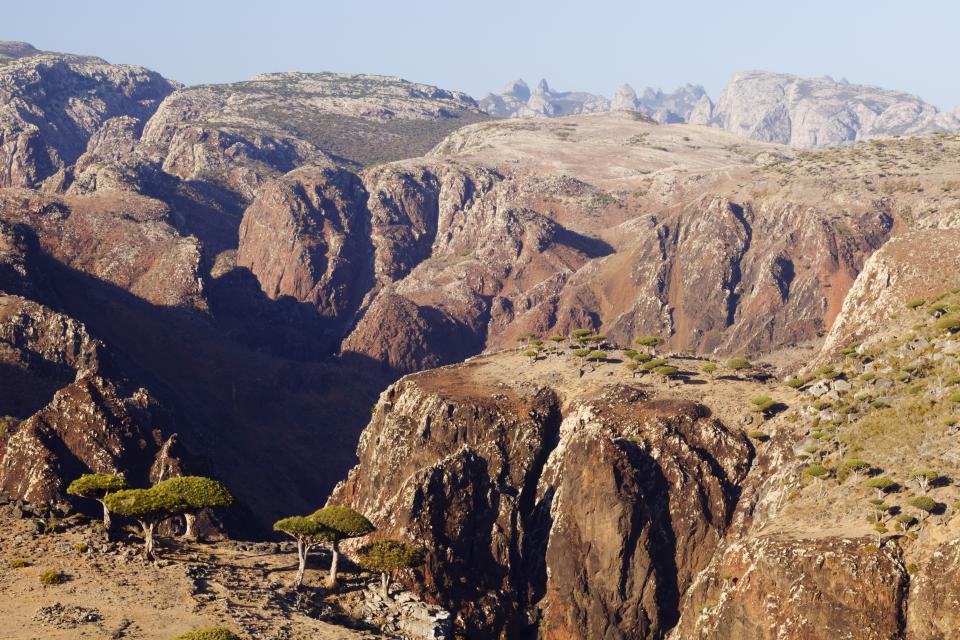
Yemen, Socotra, Dixam Plateau. Dragon Blood Trees.
Photo by Nick Ledger. Image courtesy of Getty.Known as the “Galápagos of the Indian Ocean”, Yemen’s Socotra Island boasts an amazing amount of biodiversity. A third of the island’s plant life and 90 percent of its reptile species aren’t found anywhere else on earth, including the dragon’s blood tree, an umbrella-shaped tree with red sap. UNESCO classified the Socotra archipelago, which includes the island, as a World Heritage site in 2008.
Motuo, Tibet
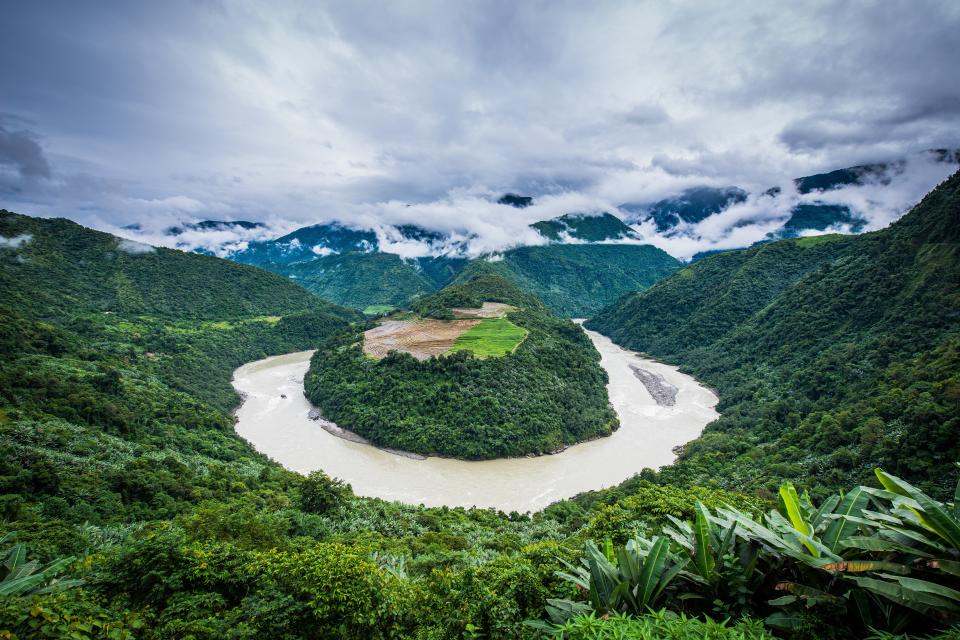
Tibet nyingchi city motuo county blended pond bends
Photo by ViewStock. Image courtesy of Getty.Until 2013, Motou or Mêdog County in the Tibet Autonomous Region of the People’s Republic of China was the last county without permanent road access and was only accessible on foot. Set on the southern slope of the Himalayas, the area has a subtropical climate, offering visitors access to forests, lakes, and a large variety of plants and animals. While the area now has road access, many backpackers still prefer to take one of the hiking routes.
Pitcairn Island
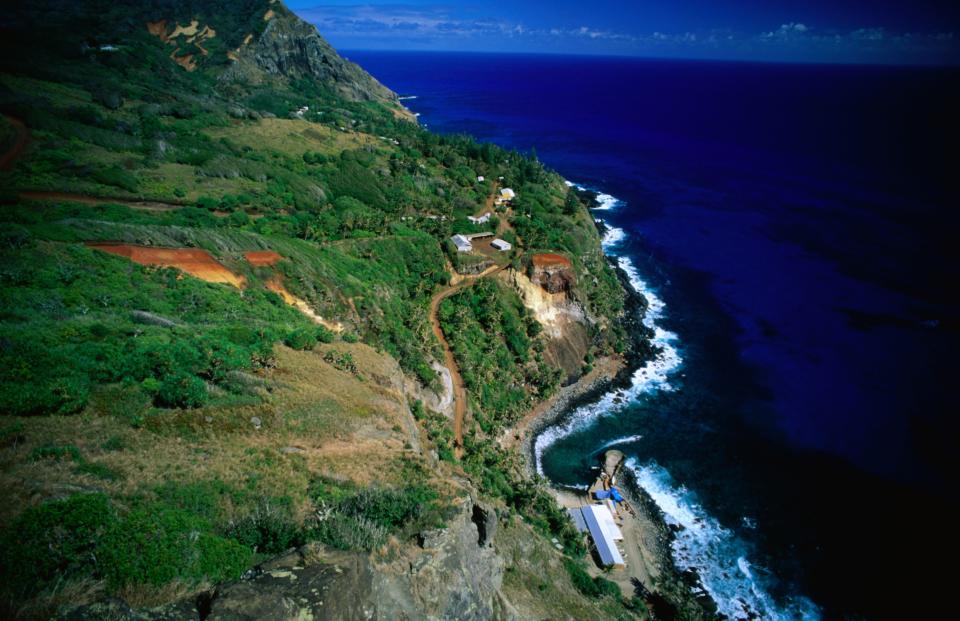
Bounty Bay village and cavesite, Pitcairn Island
Photo by Len Zell. Image courtesy of Getty.Located west of Easter Island, the Pitcairn Islands are a group of four volcanic islands—Pitcairn, Henderson, Ducie, and Oeno—in the southern Pacific Ocean. Pitcairn Island is the only one of the four that is inhabited. The British Overseas Colony was settled by the mutineers of the HMS Bounty and their Polynesian companions in 1790, and the island now has a population of about 50, many of whom are descendants of the original founders. Henderson Island is an UNESCO World Heritage Site with an important collection of bird species, including four endemic to the island.
Kerguelen Islands
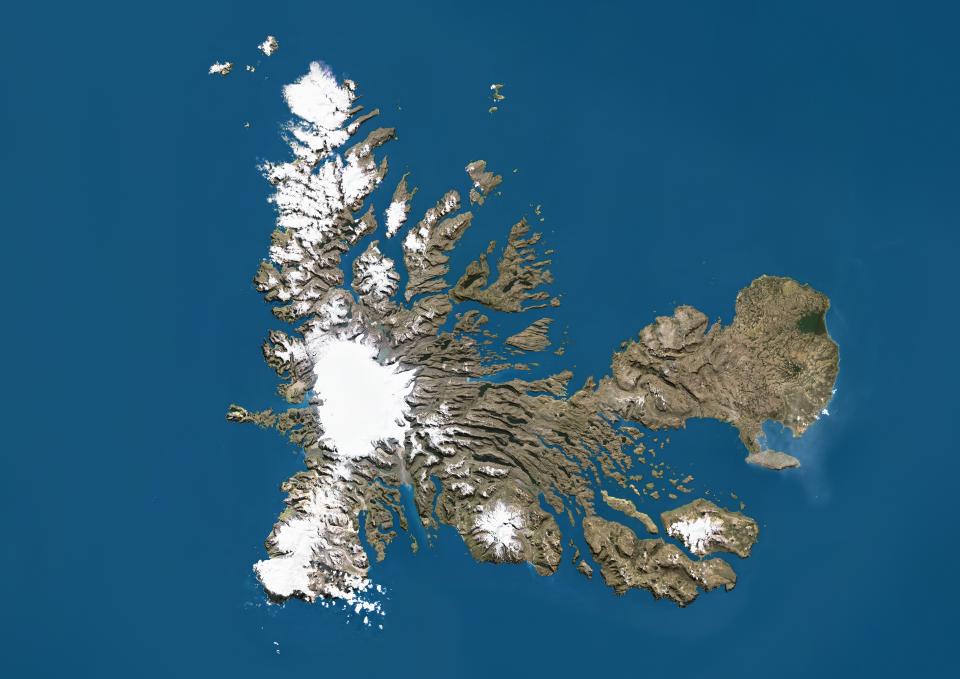
Kerguelen Islands, France, Natural Colour Satellite Image
Photo by Planet Observer. Image courtesy of Getty.Also known as the Desolation Islands, the Kerguelen Islands are located in the southern Indian Ocean and are part of the French Southern and Antarctic Territories. Grand Terre, the main island, is home to the Port-Aux-Français research base. The islands, which are 2,000 miles away from civilization, are also inhabited by several species of penguins, albatrosses, and seals. Visitors can only reach Grand Terre four times a year by ship.
Longyearbyen, Norway
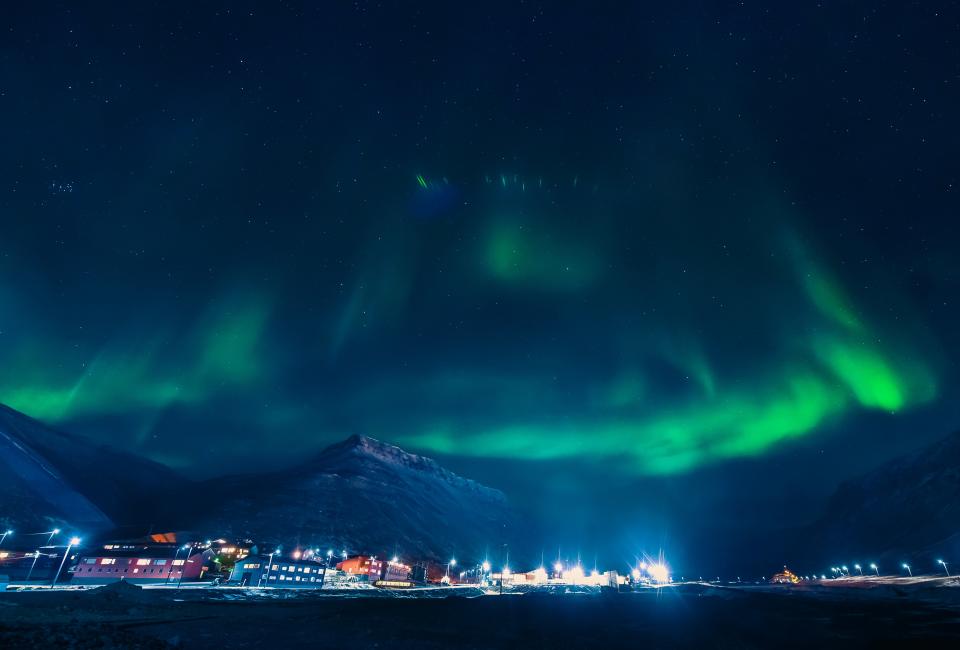
The polar arctic Northern lights aurora borealis sky star in Norway Svalbard in Longyearbyen city the moon mountains
Photo by Bublik Polina. Image courtesy of Getty.The Norwegian archipelago of Svalbard is located about halfway between Norway and the North Pole, and has become a destination for travelers hoping to see both the northern lights and polar bears. The largest settlement is Longyearbyen, a town of more than 2,000 people dotted with colorful cabins from its heyday as a mining town. The region is completely dark for two-and-a-half months every winter, and the sun shines 24/7 in the summer.
Grise Fiord, Nunavut, Canada
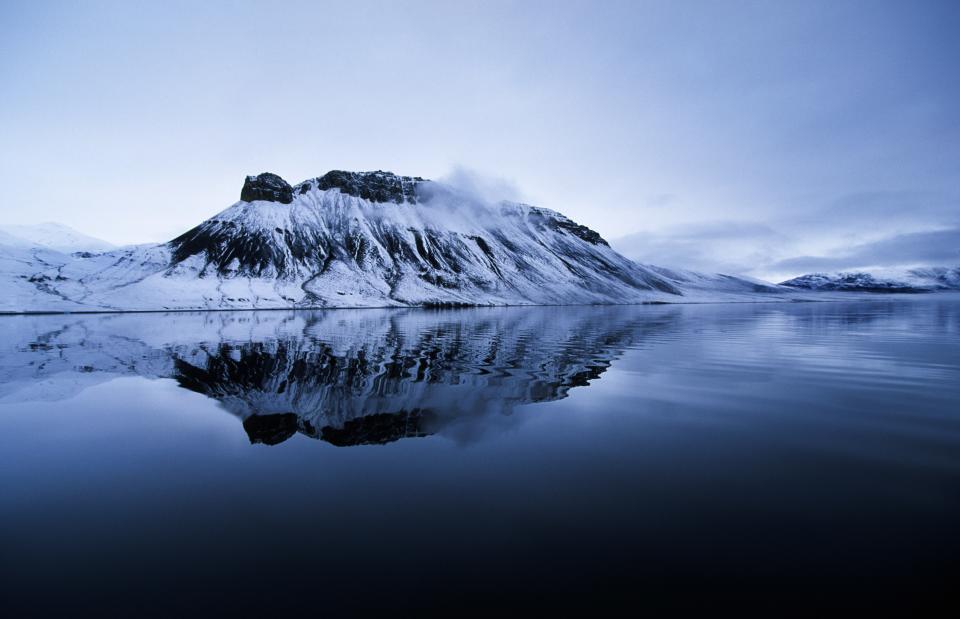
Mountain Reflection, Grise Fiord, Nunavut
Photo by Robert Postma. Image courtesy of Getty.Located on Ellesmere Island, Grise Ford, or Aujuittuq in Inuktitut, is the northernmost settlement in Canada. The Inuit village of 141 people is nestled in the Arctic Cordillera mountain range, and visitors can take in the area’s wildlife, including narwhals, seals, beluga whales, walruses, musk oxen, and polar bears.
Supai, Arizona
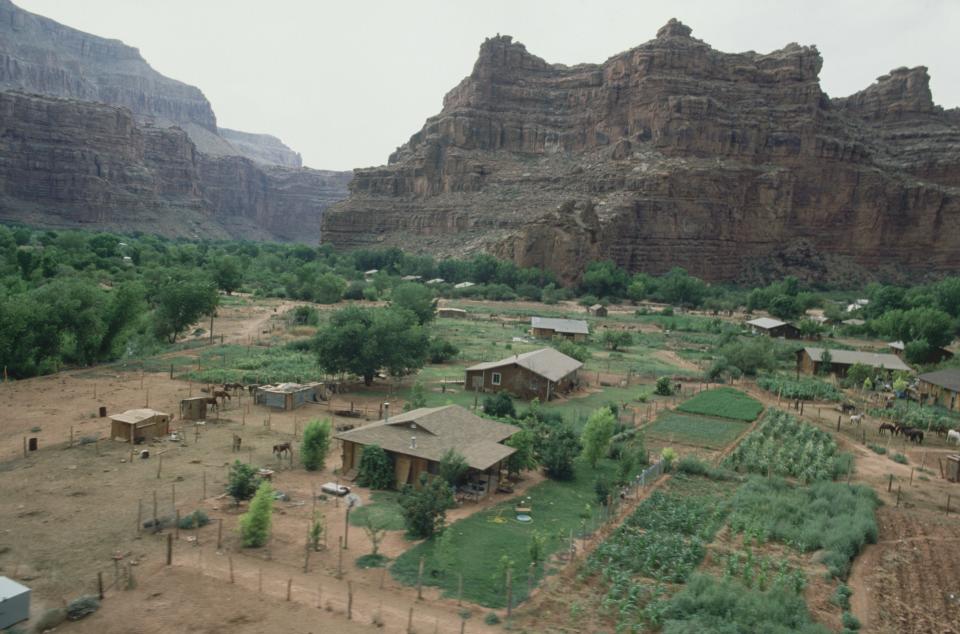
Aerial View of Supair Indian Reservation
Photo by Mark Peterson. Image courtesy of Getty.The Havavsupai tribe has occupied the village of Supai since A.D. 1300. The village is set deep within the Grand Canyon and is accessible by helicopter, foot, or pack animal. Havasu Canyon boasts spectacular blue-green waterfalls that are worth the eight-mile hike. The remote location has become so popular that visits to the village and falls require a reservation.
Cape York, Australia
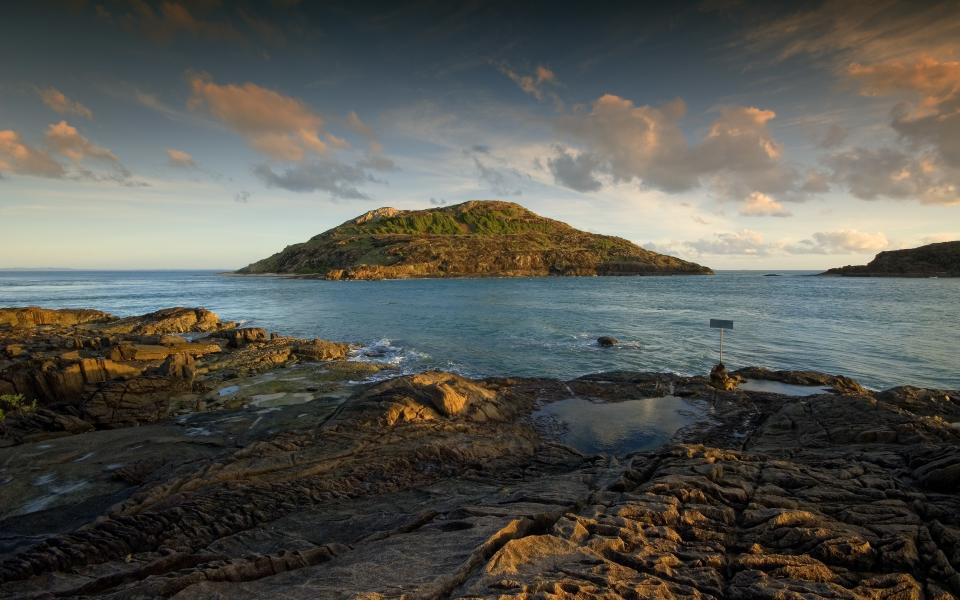
Cape york tip Queensland
Photo by Julie Fletcher. Image courtesy of Getty.The Cape York Peninsula is the northernmost tip of Australia. Part of Queensland, the area has secluded beaches, wetlands, and national parks. Aboriginal and Torres Strait Islander communities can be found throughout the region, and the biennial Laura Aboriginal Dance and Cultural Festival is a popular attraction. To make the trip to Cape York, you will need to a vehicle with four-wheel drive to tackle the tough terrain and river crossings.
Originally Appeared on Architectural Digest

